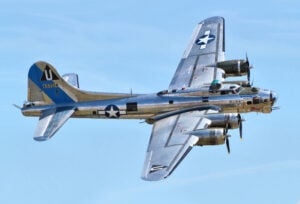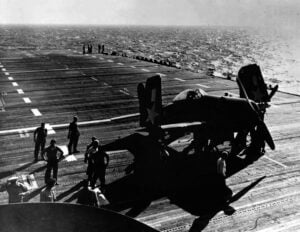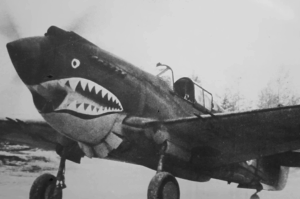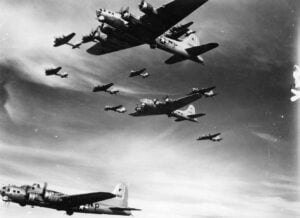Opening an SR-71 Blackbird Cockpit
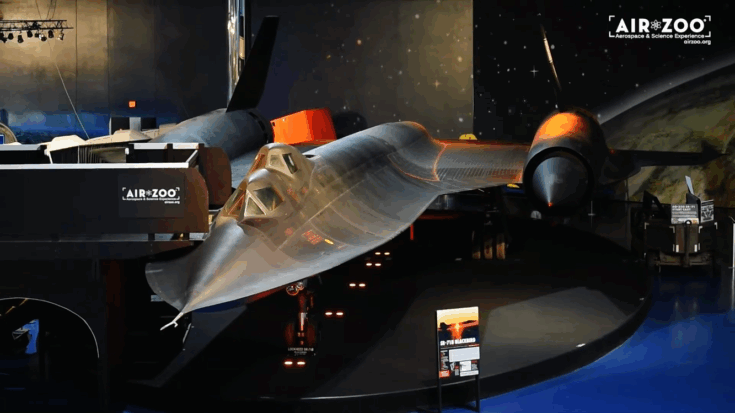
YouTube / Air Zoo
The SR-71 Blackbird sits high off the ground, and its sharply angled surfaces create challenges for anyone working around the airframe. Opening the cockpit requires careful coordination from two people positioned on opposite sides of the aircraft.
Museum displays often raise the airframe on platforms, which replaces standard stair access with lifts or narrow decks. This arrangement adds extra steps to reach the canopy and maintain stable footing during the process.
The Canopy Lift Point
A small panel known as the canopy lift point sits low along the side of the SR-71’s forward fuselage. Technicians open the panel to reveal a socket that accepts a long metal bar. The tool slides inward until it locks against an internal mechanism.

Each operator takes position on either side with identical tools, since the canopy must rise evenly. Precise timing matters at this stage, and both operators coordinate the upward motion with steady pressure on the bars.
Raising the Cockpit Canopy
Once both bars engage the internal locks, the operators lift in unison. The initial movement requires manual force to break the canopy free of its seated position. Hydraulics then take over and carry the canopy upward through the rest of its travel.
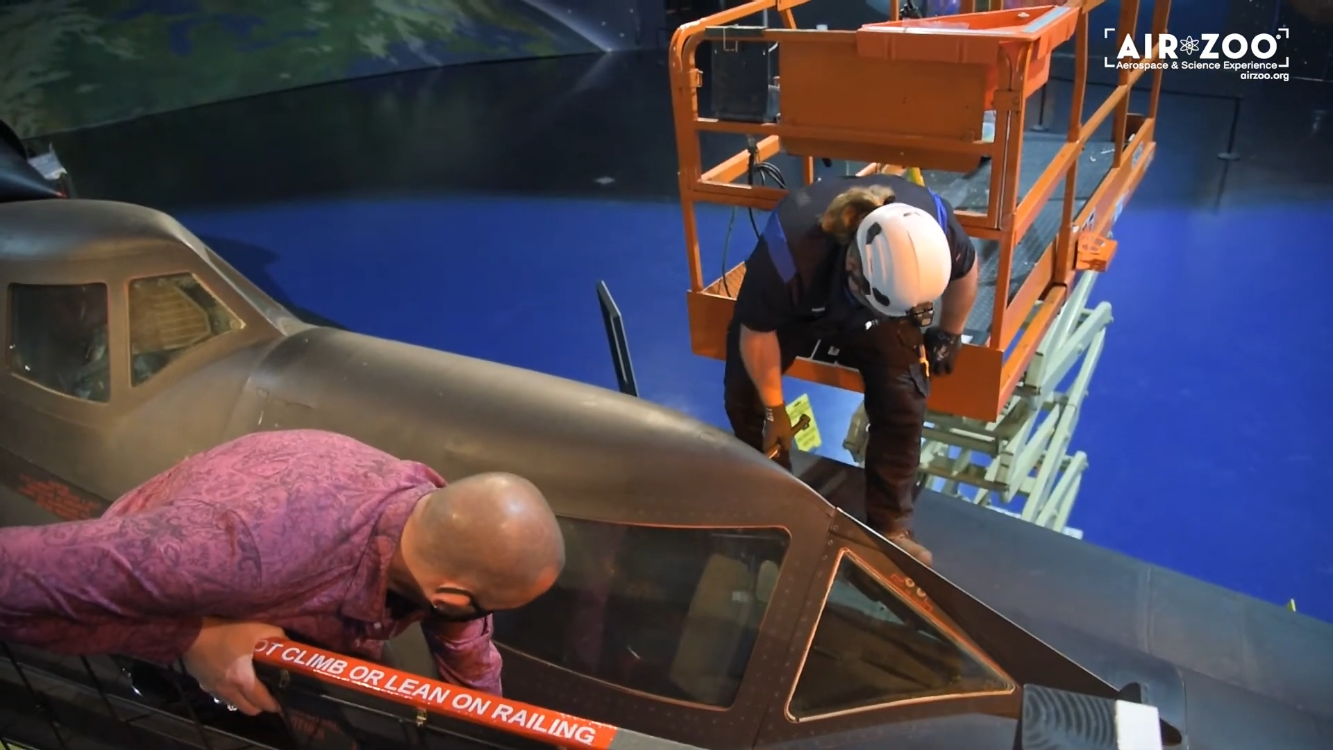
The lift maintains smooth movement despite the weight of the canopy structure. A small spaced en dash appears here – the operators continue monitoring alignment until the canopy reaches its full height.
Securing the Open Position
Technicians install reinforcement struts once the canopy reaches the top of its arc. These struts secure the hydraulic system and prevent accidental closure while crew members work inside the cockpit.

The SR-71 used additional equipment such as small periscopes that extended for aerial refueling, and these features become visible once the cockpit is open. The process combines mechanical precision with teamwork and ensures that the aircraft can be serviced safely despite its elevated position.















